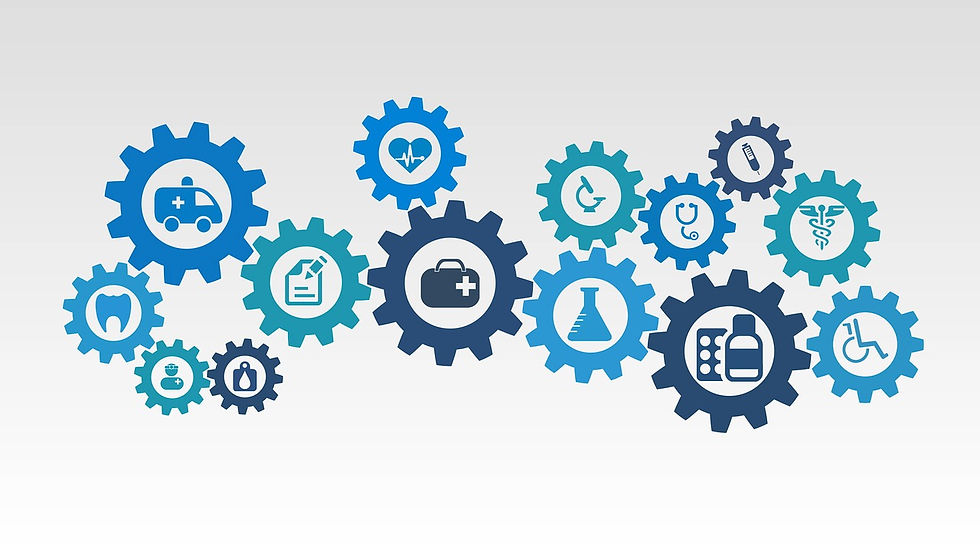Curation of Health Information
- ALeeRDH

- May 7, 2019
- 2 min read
Updated: Jul 30, 2019

Where do you get your health information online and is it reputable?
During my Diploma in Dental Hygiene (DipDH) studies, I utilized the library daily. I had time to sit down, research and analyze information for hours pertaining to assignments, tests, etc. Now, as a working health professional, most inquiries have to be answered quickly. I’ll admit, I’ve turned to Google on occasion for a quick answer, but this may not the most reliable source. Some times I have taken information easily from Google searches, when perhaps I should have researched further. This is a short-coming of needing to source information quickly, and I have been working on avoiding Google for that reason.
An example of a Google search I would make would be to decipher hand written lists of medications from patients. Beyond the spelling, I do not typically use details for medications from Google. I currently utilize Lexicomp for medication information. This database was introduced to me during my DipDH, and is still used by Dalhousie University as a trusted source for pharmacological information.
Some questions cannot be answered by a single source. For medically complex patients, I have a few sources bookmarked on my computer at work. I often start with the Canadian Dental Hygienists Association (CDHA). This site keeps up to date information on health issues that have a relationship with oral health. Another excellent source for oral health and overall health is the College of Dental Hygienists of Ontario (CDHO) site. If these sites do not answer my question, I will use webpages for the specific health issue I am investigating. A few organizations whose website I have utilized recently include the Canadian Cancer Society and Diabetes Canada.
When I do not have access to the internet, I keep a written resource with me at work called DH Notes. This is a chairside quick reference with useful information including:
· antibiotic prophylactic procedures
· adjusted treatment for medically compromised patients
· common medications and their impact on dental hygiene care
· signs and symptoms of oral cancer, and proper method of description
· advanced debridement techniques
· local anesthesia injection site and techniques
(Prajer, R. G., & Grosso, G, 2011)
It is not the most recent edition, which has limitations. I believe having a paper reference as a back up is a good idea; I often rely on internet searches to answer my questions, but it may not always be an option.
References:
Prajer, R. G., & Grosso, G. (2011). DH notes: Dental hygienists chairside pocket guide. Philadelphia: F.A. Davis.



Comments